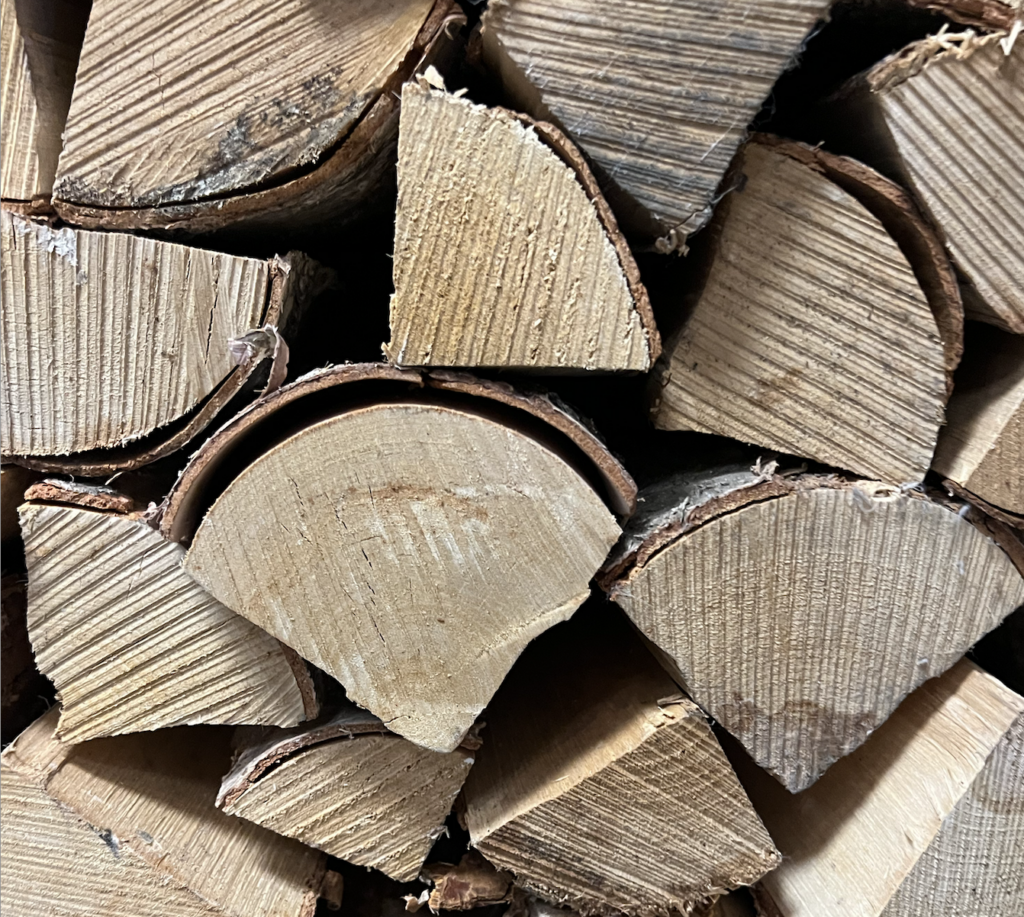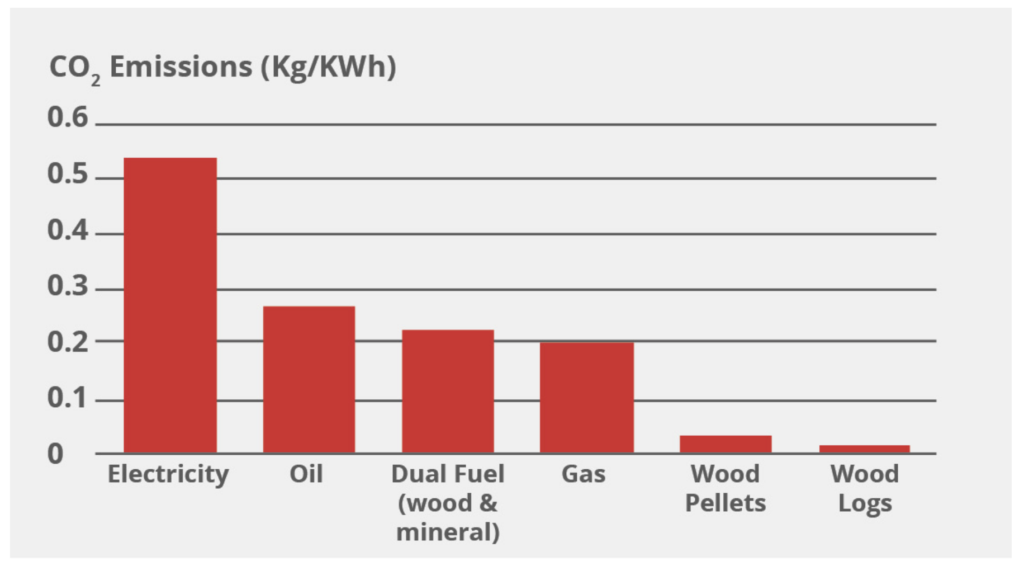You can lower your carbon footprint by installing an Ecodesign wood-burning stove. Wood is in abundance around the world and is one of the most environmentally friendly fuels that can be used to warm a home. It’s a truly renewable energy source and is virtually carbon neutral.
There is a lot of press surrounding stoves, and many people have asked, are wood-burning stoves environmentally friendly? The simple answer is yes. But for them to be as clean as possible, you need to make sure you:
1. Burn correctly seasoned wood
2. Use an Ecodesign stove
If you try burning wet or unseasoned wood (wood with a moisture content above 20%), you will be creating excessive smoke and pollution. If you use an old non-Ecodesign stove, then you won’t be taking advantage of the immense benefits of Ecodesign, and its associated design features, which creates a cleaner, more efficient burn.
The Environmental Impact of Decayng Wood:
One alternative to not burning wood is to let it decay on the floor of a forest. Surely there is no environmental impact of this? Actually, dead and decaying wood release lots of carbon each year.

It’s been reported that worldwide, dead and decaying wood releases around 10.9 gigatons of carbon every year. This is around 115% of annual fossil fuel emissions.
So where do stoves come in?
If used correctly, stoves can be carbon neutral. Burning correctly seasoned wood on an Ecodesign stove can produce less carbon dioxide than if the wood was left to rot on the floor of a forest. So in this respect, it can be argued that carefully burning wood can take a positive role in lowering carbon emissions from the natural growth, decay and regrowth cycle of woodlands. Regardless of whether wood is left to rot on the floor of a forest or used on a stove, the planting and harvesting of trees has created a sustainable process that will provide carbon-neutral solid fuel for years to come.
CO2 is removed from the atmosphere by growing trees at the same time as it is released by the combustion of the previous harvest. To reflect this closed loop CO2 cycle, the carbon factor for wood logs in the official software used to measure the energy efficiency of homes (SAP) is 0.008kg of carbon per kW compared with 0.198kg for gas, 0.274kg for oil and 0.517kg for electricity as the diagram shows, produced by the Stove Industry Alliance.

Are Wood-Burning Stoves Environmentally Friendly?
Considerations for the media/journalists:
1. Be aware of the vast differences in emissions from old stoves, new stoves, open fires etc
2. Avoid trying to compare two totally different emission producers – it often gives misleading information
3. Be aware the stove industry continues to evolve and develop stoves to be even greener and cleaner
4. Don’t tar “burning wood” with the same brush
Are Wood-Burning Stoves Environmentally Friendly?
Considerations for the public:
1. Only burn seasoned wood – look for the Ready to Burn logo
2. Use an Ecodesign stove – the efficiency differences between these and an old stove are huge
3. Make sure you don’t burn rubbish or anything else unsuitable for a stove
4. Make sure your chimney is regularly swept
5. Be aware your stove will only be an environmentally friendly way to keep warm if you operate it as intended.








